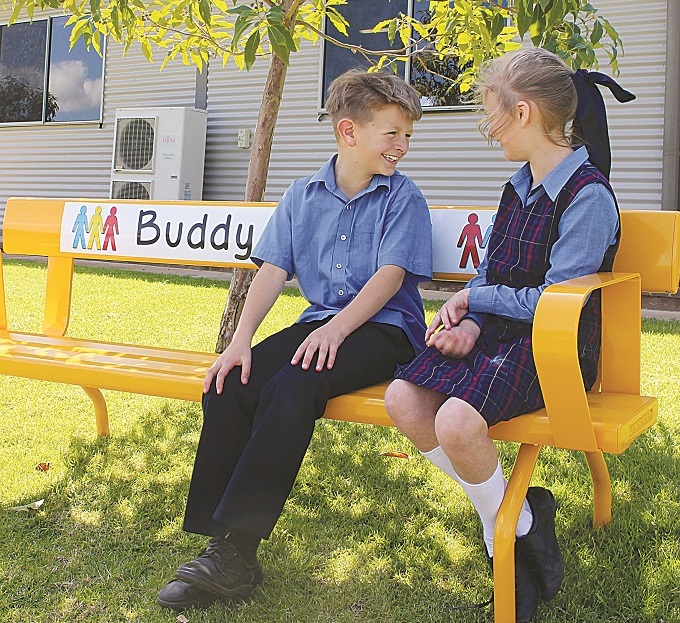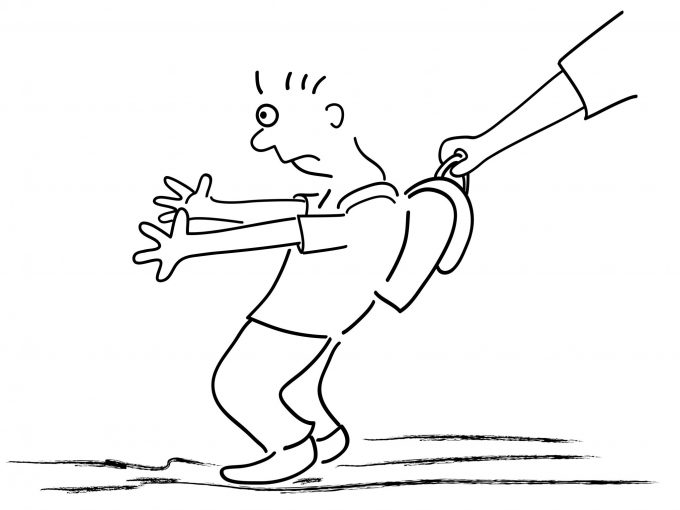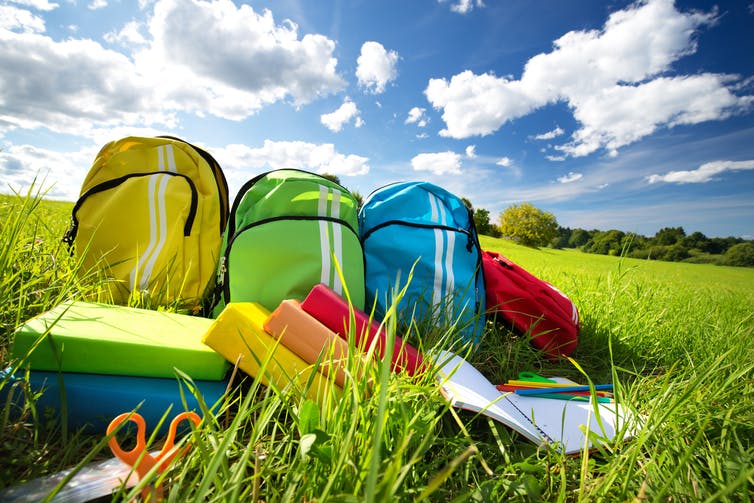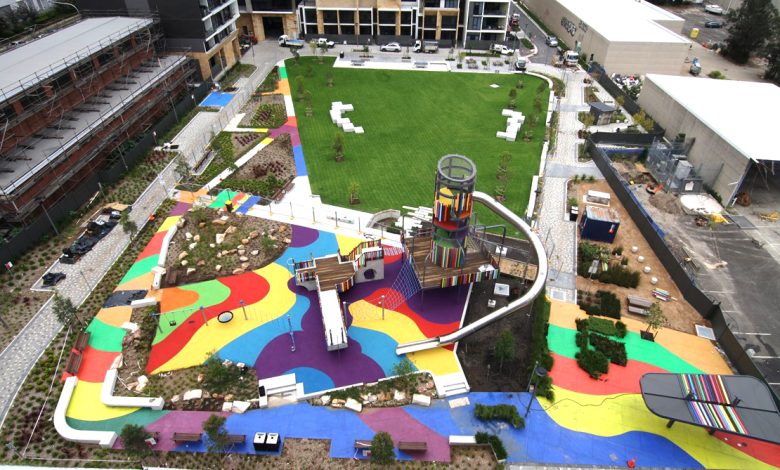
The UN Convention of the rights of the child states that children have the right to play.
This clause recognises that for children, play is an essential part of development and is non-negotiable.1 For schools then, playgrounds are not just a nice-to-have extra, but a vital part of the school grounds that contribute to students’ health and wellbeing. It’s imperative that playgrounds be accessible for all children and fit for purpose.
Read the latest print edition of School News HERE
When using playgrounds, children’s play is less structured, as opposed to more organised, adult-led play. This is important, as children learn self-awareness, risk perception and management, identity and social and motor skills.2 Additionally, up to 40 percent of children’s daily activity happens on the playground.
Planning for play
Nathan Lee from Willplay shared some emerging design trends for playgrounds. “The use of recycled timber and plastic composites and timber look aluminium are becoming popular. Schools are also opting for larger, more visual play locations, allowing the school to have a legacy project. The play area then becomes a selling point for prospective parents,” Mr Lee said.
“It’s important to check the warranty – imported equipment can have long lead-times for parts. Some warranties can be lower than the expected renewal life of the equipment.
“Schools are most often supporting Australian manufacturers of play equipment, especially independent family-owned businesses. This reduces lead-time and the project’s environmental footprint, as well as keeping the money locally,” Mr Lee said.
Madelyn Smith from Timber Creations said the biggest consideration when planning and designing a school playground is the site itself, and the groundworks, drainage and surfacing you may require. “Often schools are so focused on the exciting parts of the play equipment, and don’t realise how expensive these landscaping requirements are.
“Consider building up, rather than excavating for the playground. This saves on digging machinery and should not inhibit drainage, saving tens of thousands. You can also use existing surfacing and retaining walls creatively to maximise play value, and minimise surfacing spending. Make sure the area is not too damp though, to reduce ongoing maintenance costs.”
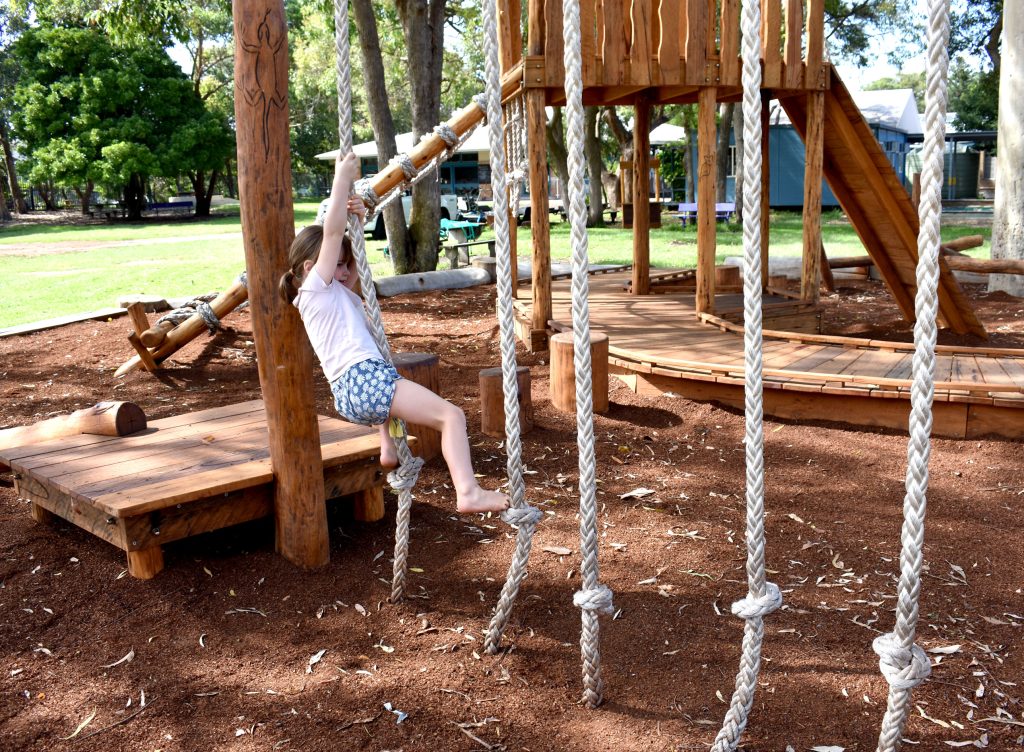
Including everyone
Children with disabilities are often not afforded equal access to play. Recent years, though, have seen the rise of inclusive playgrounds. School leaders looking to improve inclusivity in their own playgrounds could consider modifying access points to existing spaces, as entry is one of the biggest barriers to play. Wide, obstacle-free pathways that are flat and firm are the gold standard of inclusive playground design. Circular playgrounds also improve access.
Ms Smith from Timber Creations said accessibility and inclusion means making sure that all children can play within the space. “It’s about consideration and integration — designing a playground to meet the needs of most students and then seeing what little changes can be made to make sure all students can use it.
“Often there are easy, practical solutions that can be adapted at no extra cost, for example, having clear signage for wayfinding as well as usage of equipment, and adapting some accessories to suit different mobilities, such as a ramp instead of a step, or adding railings or pull up bars. Ramps and accessible equipment can be woven through the space next to climbing equipment so children can play alongside each other and create games.”
The design of the play area itself can encourage inclusive play. Best practice studies suggest equipment should be accessible to all children and modified for a range of abilities and ages. Sensory components should be included and appropriately situated throughout the play area to avoid overstimulation.
Introducing different textures and materials, reflective surfaces, sounds and colours are all ways to make playgrounds inclusive and exciting. “Materials are also important, and having inviting textures and colouring can go a long way for inclusion. It’s essential to talk to students or advocates about what they need to access play and challenges they may have faced in the past in playgrounds,” Ms Smith said.
Parts of the play area should be set up for solitary play, and play components should be recognisably shaped to stimulate imaginative play. Features that allow users to orientate themselves, communicate and understand the play space are also crucial for an inclusive design. Additionally, shade is necessary to provide cover from the Australian sun.

Besides looking at inclusive design, playgrounds should also be designed to suit their physical environment. An attractive design which reflects community values and spirit will encourage use, amplifying the benefits of play for children like increased physical activity and mental stimulation. Playgrounds are often close to green areas, which have been shown to improve wellbeing. It’s important that playgrounds are designed to work with existing natural features like trees.
When designing and upgrading playgrounds, schools should consider the age of their users. Equipment designed for older children is often unsafe for younger users as their motor skills and cognitive abilities are not as developed. School leaders can begin by considering the gross motor skills and cognitive requirements of playing with equipment.
Age and ability are very important in play area design, Willplay’s Nathan Lee said. “Some children of the same age are more capable than others due to earlier physical development or greater confidence.
“Playground equipment design is self-regulating and should be structured in a way that allows the children to progress to higher, more advanced areas when they have the physical ability and confidence to do so. Remember that a school year is a long time and designing equipment that is too ‘young’ will means the kids advance and outgrow the equipment.”
Making it safe
Great playgrounds are designed to help children learn about risk and risk management, which means that most playgrounds will need designated fall zones. Many materials are available for cushioning surfaces such as rubber matting and mulch, wood chip, turf and sand. Each surface comes with accessibility, maintenance, cost and upkeep. Leaders can consult the Australian Standards for Playground Equipment and Surfacing if in doubt, or ask their preferred provider.
The team from Synthetic Grass and Rubber Surfaces said all sport surfaces need to comply with Australian Standards. “This covers off safety surfaces to ensure all kids are protected from critical head injuries.
“Designs within playgrounds need to suit the project but also need to be practical for installation as well. Surface providers should offer consultation for designs and be able to provide your school with recommendations.
“Regular maintenance of both rubber wetpour and synthetic grass surfaces is paramount for the longevity of the surface. Your surface provider may offer custom maintenance contracts to suit your needs and budgets.”
References
1Schipperijn, Jasper, Catherine Damsbo Madsen, Mette Toftager et al. “The role of playgrounds in promoting children’s health – a scoping review”, International Journal of Behavourial Nutrition and Physical Activity 2024 no. 21(2024):72, doi: 10.1186/s12966-024-01618-2
2Brown, Denver M. Y., Timothy Ross, Jennifer Leo, Ron N. Buliung et al. “A scoping review of evidence-informed recommendations for designing inclusive playgrounds,” Frontiers in Rehabilitation Sciences 2 (2021), doi: https://doi.org/10.3389/fresc.2021.664595

